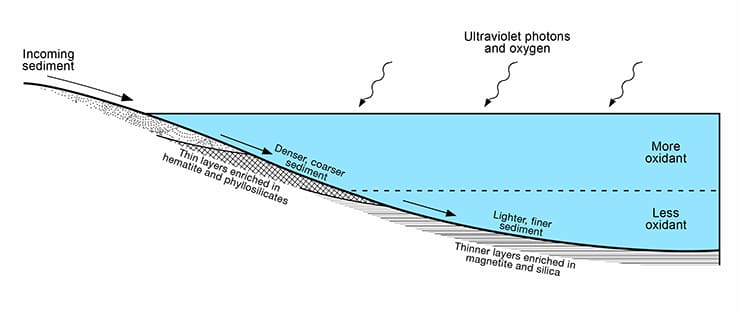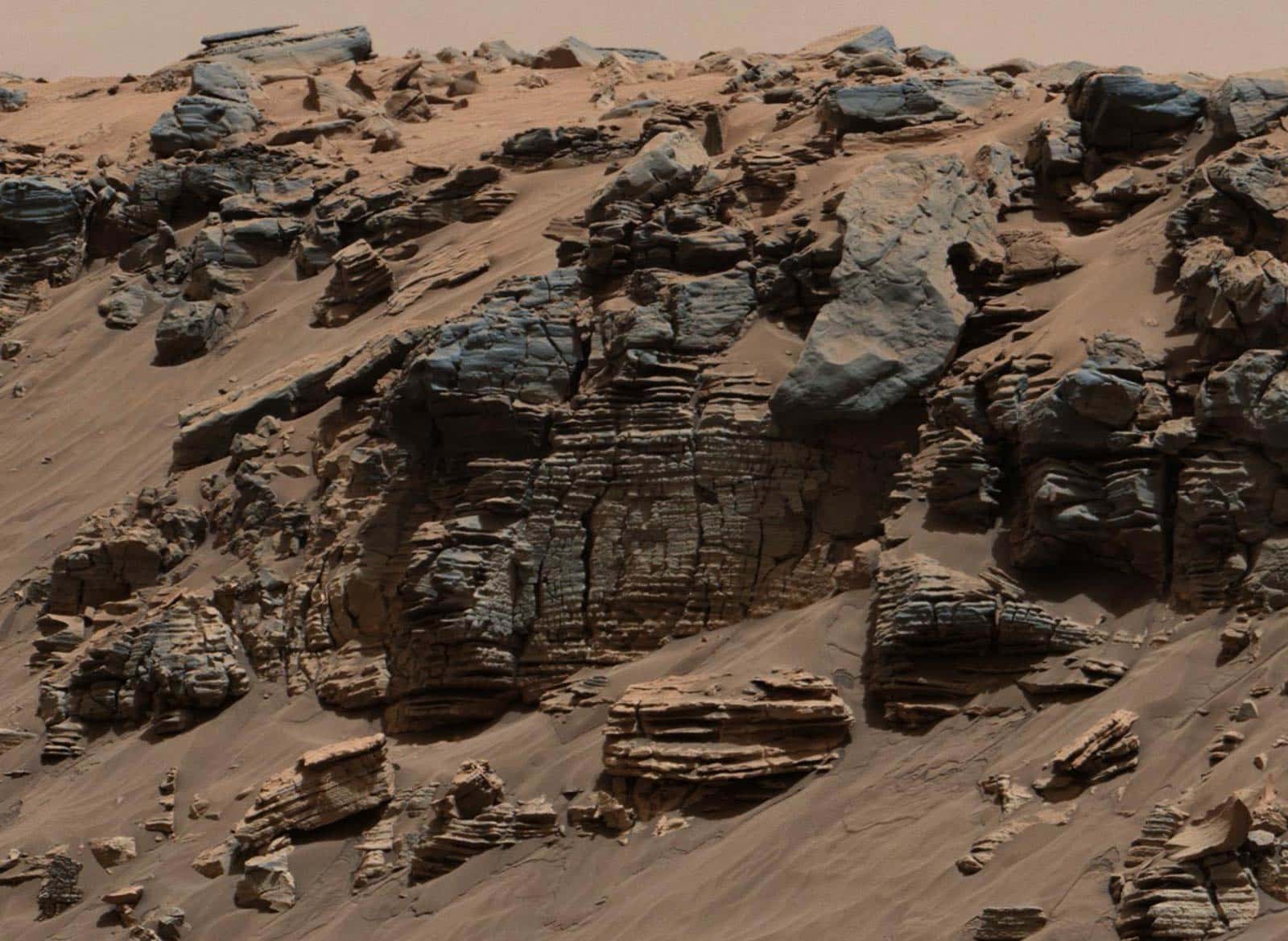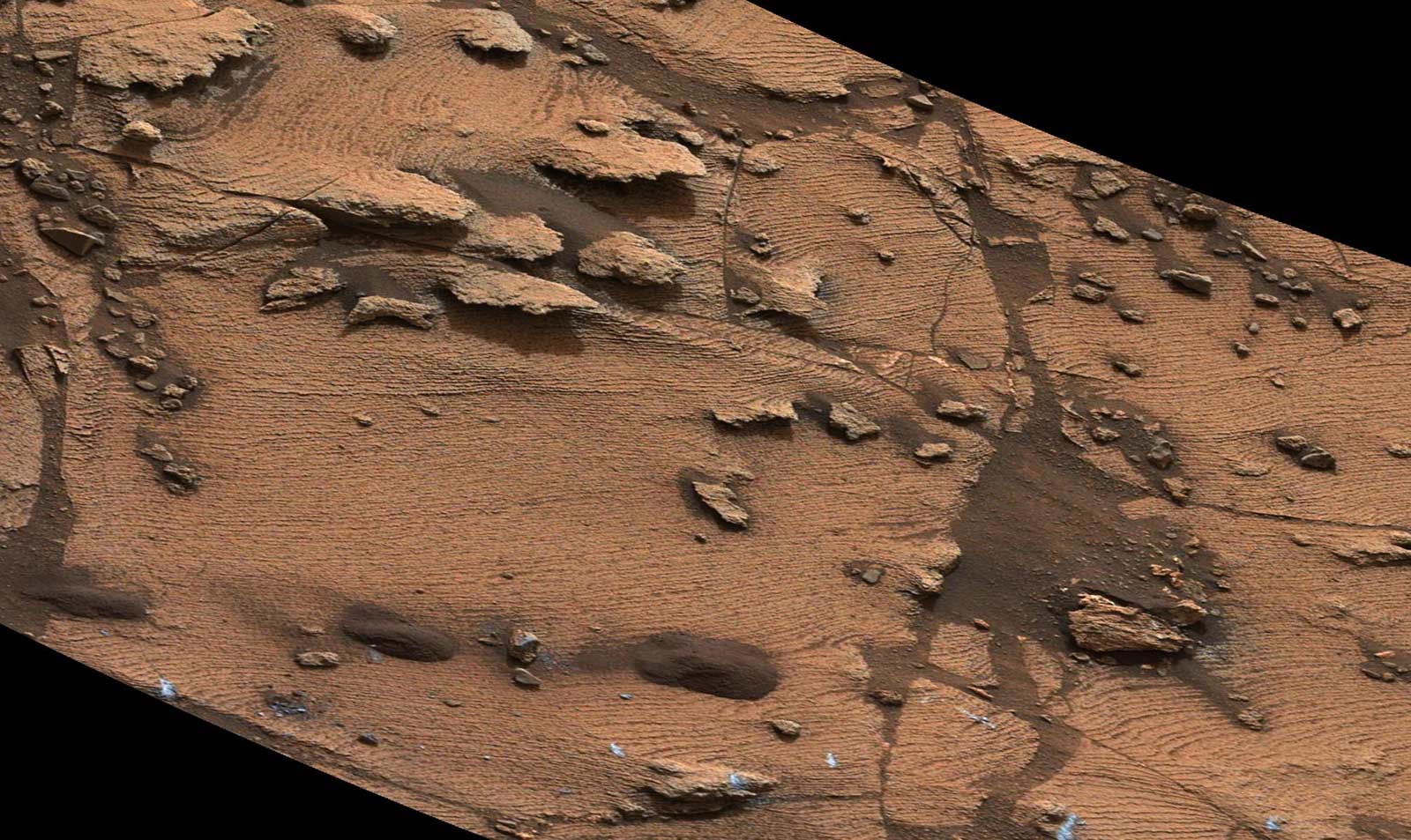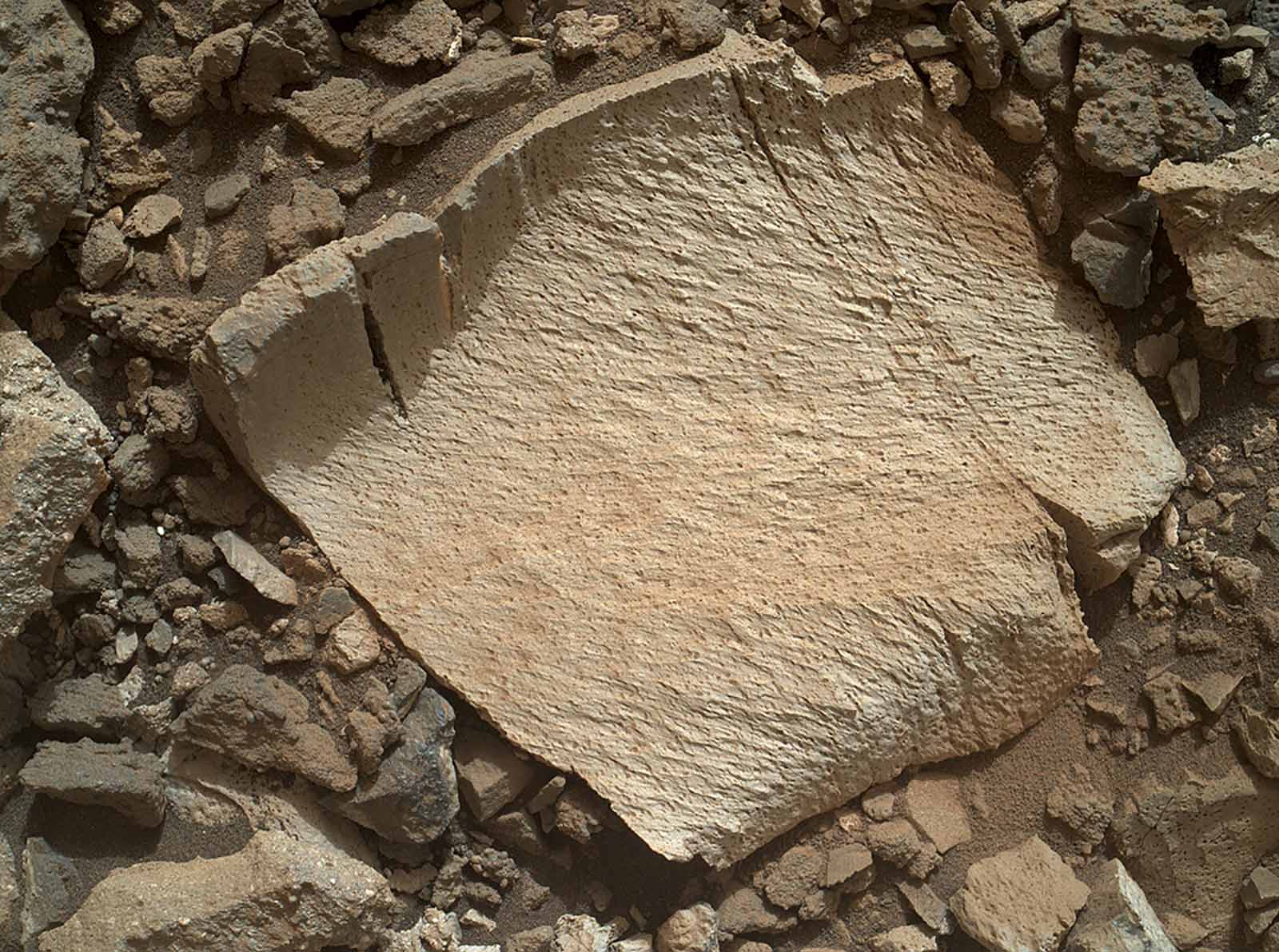Information collected during NASA’s Curiosity rover mission suggests that an ancient, long-gone lake on Mars once had chemical and physical properties similar to those found in lakes on Earth.
The study provides evidence that there were multiple environments in the lake that could have supported life.
Previous work with the Curiosity rover revealed the presence of a lake more than three billion years old in Gale Crater. This study defines the chemical conditions that existed in the lake and uses Curiosity’s powerful payload to determine that the lake was stratified.

Stratified bodies of water exhibit sharp chemical or physical differences between deep water and shallow water. In Gale’s lake, shallow water was richer in oxidants than deeper water.
Do greenhouse gases explain canyons on Mars?
“These were different, coexisting environments in the same lake,” says Joel Hurowitz, an assistant professor in the department of geosciences at Stony Brook University and lead author of the paper. “This type of oxidant stratification is a common feature of lakes on Earth, and now we have found it on Mars.”
Hurowitz emphasizes that the diversity of environments in this Martian lake would have provided multiple opportunities for different types of microbes to survive, including those that thrive in oxidant-rich conditions, those that thrive in oxidant-poor conditions, and those that inhabit the interface between both conditions.
The researchers also document fluctuations in the climate of ancient Mars.
The method the team used for detecting changes in ancient climate conditions on Mars resembles how ice cores are used to study past temperatures on Earth. It is based on comparing differences in the chemical composition of layers of mud-rich sedimentary rock that were deposited in quiet waters of the lake.
Map shows potential landing spot for Mars 2020 rover
These new results from Curiosity pave the way for future NASA rover missions to Mars, such as the Mars 2020 rover mission, which will find and explore the Martian rock record in search of possible signs of ancient life.
The study appears in the journal Science.
Source: Stony Brook University






